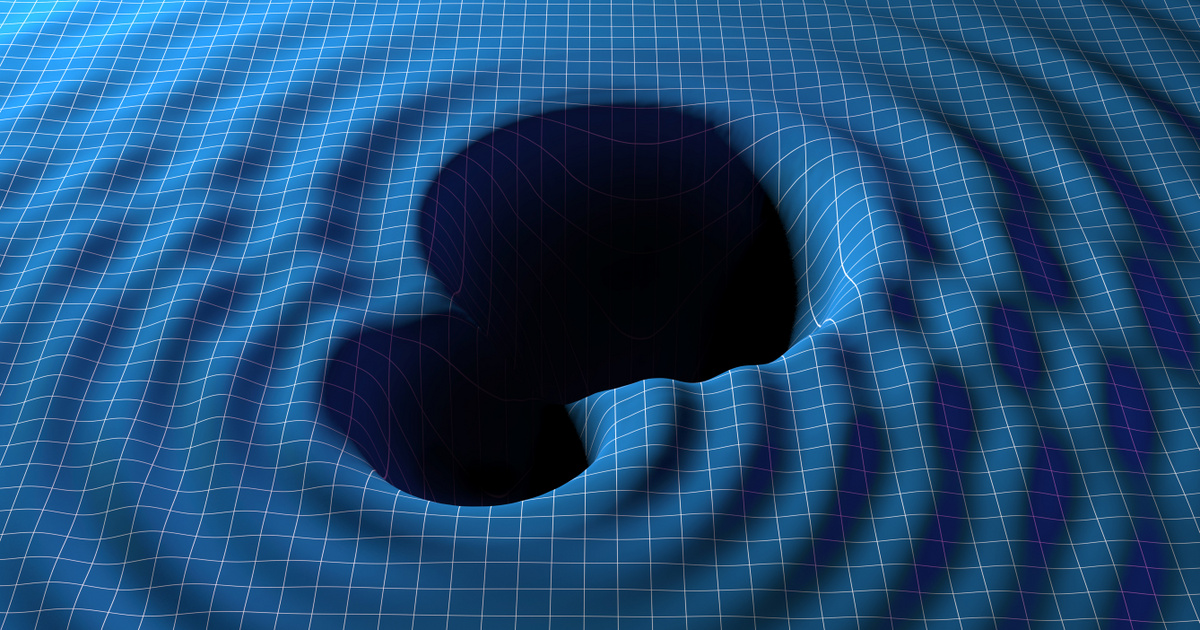special time
He is respected by the world as one of the founders of exoplanet research and as a central figure from the outset. He announced the discovery of the first planet orbiting a Sun-like star, the gaseous planet 51 Pegasi b, in 1995, when he was still a PhD student, with his supervisor, astronomer Michel Mayor. Nowadays, it is quite normal for planets to revolve around stars. Was it thirty years ago?
“It was a special time.” It was not at all obvious at the time that we were finding clear signs of rocky and gaseous planets around other stars. We were hoping, but we weren’t sure. For this, tools were needed that could be used to definitively infer the existence of exoplanets in some form. Before us, many people claimed to have located planets orbiting other stars using this and that methods, but they usually retract their declarations because they were wrong. When we published our discovery, few believed it, it was so strange. We had a long list of past mistakes against us. They didn’t believe us, they asked for the data. It took the profession three years to learn the truth about us. We were sure.
– Observed from the Haut-Provence Observatory in the south of France, with instruments specially made for this. Were they lucky, or did they know what and how to look for?
Luck is part of the game. We believed that our method was correct, and that if we looked in the right place, we would find something. We didn’t focus on one star, but we noticed several. We worked on the discovery. We searched at the right time and in the right place.
– The discovery of a planet orbiting a star similar to the Sun started a real revolution in astronomy: more than 5,300 exoplanets have been discovered in the past three or so decades. to find the first one in 2019 physical Nobel prize Have you been surprised by the confession, or was it up in the air?
– It’s been in the air for a long time, many people have told us our discovery deserves a Nobel Prize, but it still came as a surprise when it was announced. I was on my way and completely forgot to announce the names of the Nobel Prize winners that week.
An acquaintance called me to say that I had shared the Nobel Prize in Physics. I didn’t believe it, but it was true.
Many people see exoplanets as an opportunity to find life beyond Earth. He said it is up to the next generation to answer whether there is life on other planets. He predicted that humans would discover extraterrestrial life in the next 30 years: “I can’t believe we are the only living beings in the universe. There are so many planets, so many stars, and the chemistry is universal. The chemistry that leads to life has to happen somewhere else. So.” I strongly believe there must be life elsewhere.” Is it good to declare ourselves to distant worlds?
“We have to spread the word about ourselves so that they know about us.” I am convinced that within thirty years we will find the first extraterrestrial civilization.
We stay in the solar system
– People do not move to other planets outside the solar system, as its supervisor, Michel Mayor, said in 2019. Do you agree with this statement?
“completely.” Human life was formed on Earth, and the conditions here made it possible for us to be here now. Do not forget that the trip to the Moon, which is only 380,000 km away, takes four days. The trip to Mars will already take nine months, and the Juice spacecraft will reach Jupiter in eight years. Interplanetary travel is very complicated, and we’re just not prepared for it. Vast distances are still intractable. However, we can leave the solar system with robotic sensors.

– On October 19, 2017, researchers at the Hawaiian Observatory detected an object that left just as fast as it came. Something called ‘Oumuamua could not have been an asteroid, says Avi Loeb, chair of Harvard’s astronomy department: It was moving too fast, in a very strange orbit, and showed no signs of gas formation or breakup. According to him, the object is an advanced, but no longer functional, tool of an extraterrestrial civilization. What could this thing be?
“Just a piece of stone, nothing more.”
“Aren’t you afraid of aliens?” What if they had a human-like mentality? If they destroyed their planet and are now looking for a new location?
– An advanced civilization could easily discover us, but I am not afraid of an alien coming with malicious intent. Life on Earth evolved thanks to the conditions here. Humans have been intensely shaping their environment for nearly twenty thousand years, and from this point of view our relationship with high technology is in its infancy.
We are not (always) aware of the consequences of our actions. And overcoming the distance is difficult not only for us, but also for a possible extraterrestrial civilization.
Business card
Didier Queloz was born in Switzerland in 1966. In 1990, he obtained his Master’s degree in Physics from the University of Geneva, and in 1995 his Ph.D. In 2008 he became a professor in Geneva, and in 2013 he became a professor in the Cavendish Laboratory at the University of Cambridge. In 2019, he was awarded the Nobel Prize in Physics for his discovery of exoplanets.
This is how they search for exoplanets
Didier Queloz and Michel Mayor’s method was based on the physical phenomenon that the planets do not actually “rotate around a star”, but form a dynamic system determined by the force of gravity, none of the participants of which is static. However, the mass of the central star is so much greater than that of the planets orbiting it that their displacement is very small. The more sophisticated our instruments, the better chance we have of showing how planets “tighten” the star at the center of their solar system. Because of the flicker, the wavelength of the distinct lines in the star’s spectrum is changed by breathing. By the mid-1990s, the development of measurement technology had reached the point where this effect could be detected. The first result of this – according to the explanation on mta.hu – was the discovery of the exoplanet 51 Pegasi b, which turned out to be a giant Jupiter-like planet orbiting close to its star. The most important innovation was the observation of planetary transits, the presence of a planet being inferred from the fact that the apparent brightness of its star decreased as the planet passed between the telescope and the star. However, with the commissioning of the Kepler space telescope, it became clear that we did not “see” the smaller planets because previous measurement methods were not suitable for detecting them. Currently, we know of dozens of Earth-like planets that reside in the habitable zone around their star, and researchers have also recently begun examining the atmospheres of exoplanets for signs of life.
Cover image: A minor exoplanet in an asteroid shower, illustration (Image: Getty Images)










































